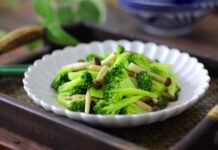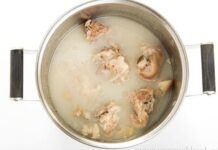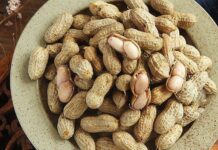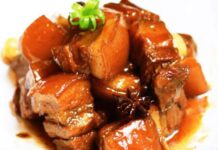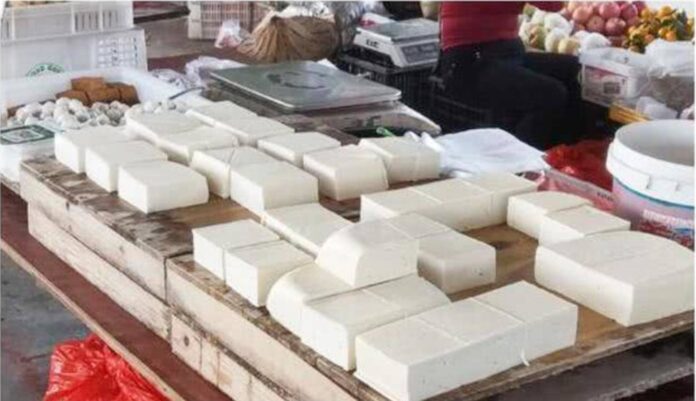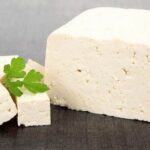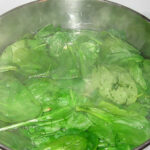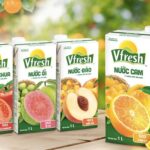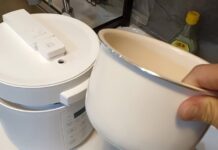Tofu: A Delicious and Nutritious Food Option
Tofu is a versatile and nutritious food that is widely available in markets and supermarkets. With this simple ingredient, you can create a myriad of delicious dishes such as fried tofu, tomato-braised tofu, and stuffed tofu. Tofu is typically made from soybeans (soybeans) and other ingredients.

PGS.TS. Nguyen Van Suc, Head of the Department of Chemical and Food Technology at Ho Chi Minh City University of Technical Education, shared that gypsum is commonly used in tofu production as it helps speed up the solidification process and easily thickens the soy milk. Traditional tofu makers use acidic vinegar or fermented tofu to cause the curdling effect and press the tofu into blocks. However, the yield of tofu made with this traditional method is relatively low. On the other hand, using gypsum increases the speed at which the soy curds form and can double the yield.
PGS. Suc explained that food-grade gypsum with high purity can be safely used in food processing. Additionally, when used in permitted amounts, it can provide a good source of calcium. However, food-grade gypsum is significantly more expensive than industrial-grade gypsum.
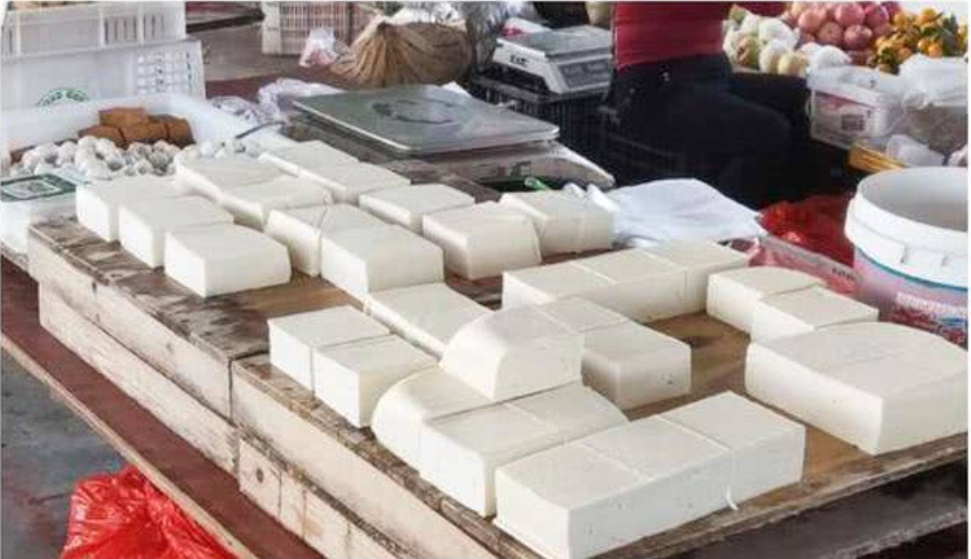
Industrial-grade gypsum mainly consists of impure calcium sulfate and often contains harmful impurities such as lead and cadmium. Consuming large amounts of this type of gypsum can negatively affect digestive health. High levels of gypsum in tofu may lead to kidney-related health issues.
According to a seasoned tofu maker in Hanoi, as shared on VietNamNet, tofu can be made without gypsum by using traditional methods such as adding vinegar or using the leftover acidic water from previous batches. However, driven by profit, some tofu makers opt to use gypsum in the production process.
A delicious tofu dish should be ivory in color and incredibly soft. Safe tofu has a distinctive soybean aroma and a creamy texture, reminiscent of warm soy milk curds. When purchasing tofu, it is essential to carefully observe its color, taste, weight, and texture.
Color
Pay attention to the surfaces of the tofu block. If the tofu is of lower quality, it will turn yellowish when exposed to air. The more yellow the tofu is, the higher the likelihood of gypsum presence (unless it is the type of tofu that has been soaked in turmeric).
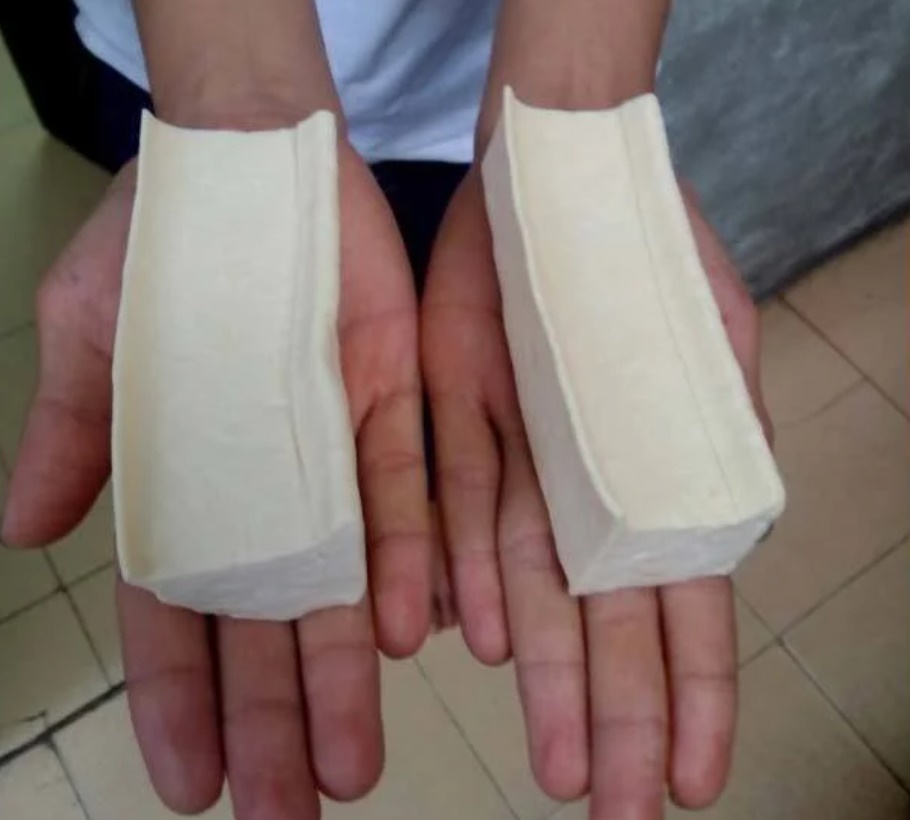
Delicious tofu should be ivory in color.
Taste and Texture
Tofu made with high levels of gypsum tends to have a slightly astringent taste. If excess gypsum is used, the tofu will feel harder and heavier.
Avoid tofu with an unusually fatty taste or an overly strong aroma, as these could indicate the use of additives.
Weight and Texture
Tofu made with gypsum tends to be heavier and firmer than traditionally made tofu. The higher the amount of gypsum used, the denser and heavier the tofu becomes.
It is not advisable to purchase pre-fried tofu from markets as it is challenging to determine whether it contains gypsum. Moreover, the frying oil used is often of questionable quality and may be reused multiple times, which is not conducive to good health. Tofu made with gypsum tends to be firmer and heavier than traditionally made tofu. Consuming tofu with high levels of gypsum may have negative effects on health.
Source: Khoevadep
The Ultimate Guide to Packing for Quarantine: What to Bring When You Have to Leave in a Hurry
In the face of the escalating Covid-19 situation, centralized quarantine facilities play a crucial role in curbing the spread of the virus into the community. But what are the essential items you should prioritize bringing if you ever find yourself in quarantine? Let’s explore this important topic together!











